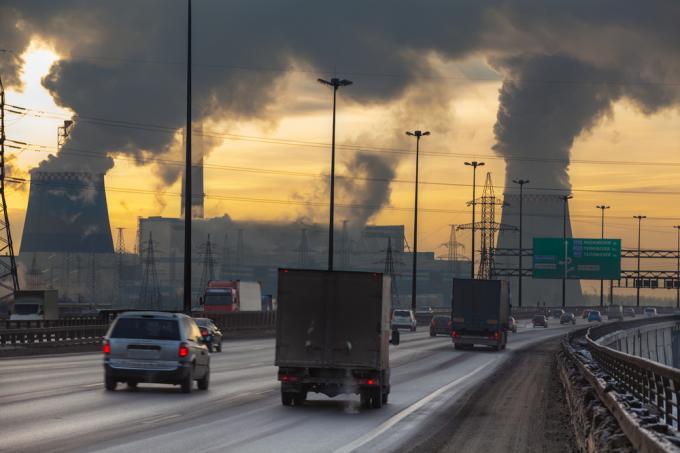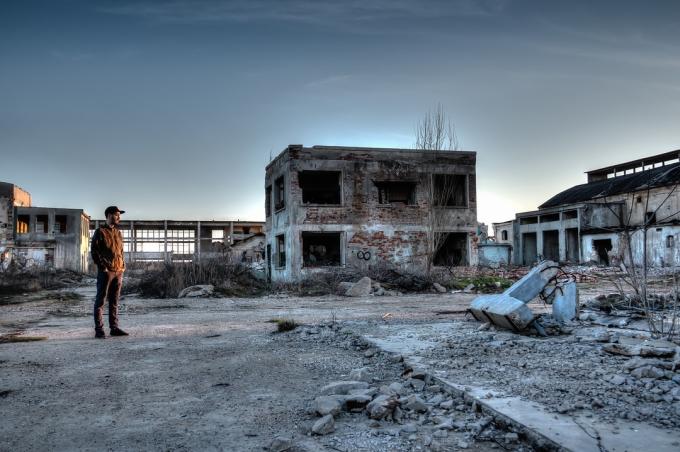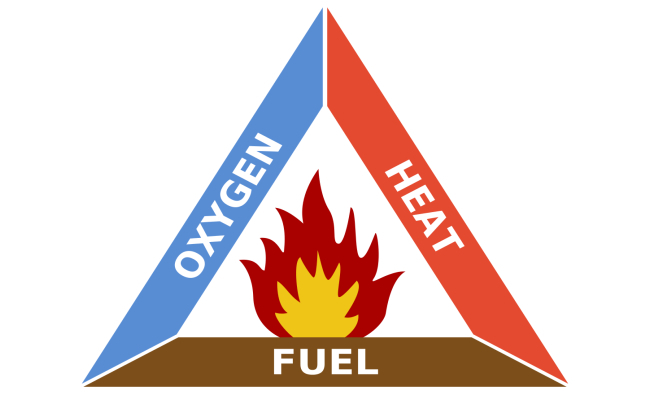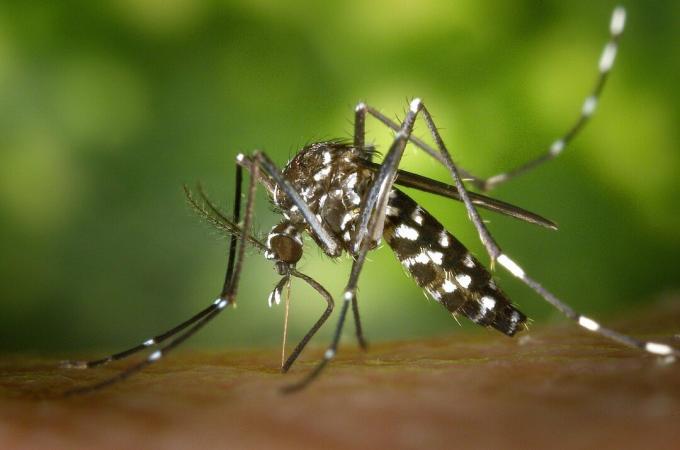Pollution is the process by which natural environments are contaminated, causing imbalances in ecosystems and even making natural resources unfit for use.
There are several types of pollution, including air, water, soil, noise, visual, radioactive and thermal pollution.
The consequences of pollution are worrying for all types of life on the planet. Pollution is responsible for numerous illnesses, reduced quality of life, food insecurity and scarcity of resources.
Although in some cases pollution can be caused by natural phenomena - in the case of tsunamis, for example - pollution is, above all, the result of human action.
To curb the growth of pollution, it is necessary to create public policy for the preservation of the environment and for the imposition of limits on the use of natural resources and also for measures to raise awareness among the population.
Air pollution (atmospheric)
Air is basically composed of oxygen, nitrogen, water vapor and inert gases. Air pollution happens when other elements are incorporated into this composition.
These elements are emitted into the atmosphere, changing its natural composition and causing negative consequences for living beings.
Much of the air pollution is emitted by industrial and automobile smokestacks. Among the main air pollutant gases is the carbon dioxide (CO2), emitted from the burning of fossil fuels.
Understand what the carbon dioxide.
Carbon dioxide as well as methane gas (CH4) and nitrous oxide (N2O), are greenhouse gases, which are the gases responsible for the intensification of global warming.
Air pollution is usually more serious in large urban centers. It is responsible for several respiratory diseases and even intoxications.
 According to the World Health Organization, air pollution kills more than AIDS and Malaria combined.
According to the World Health Organization, air pollution kills more than AIDS and Malaria combined.
know more about greenhouse effect and global warming and atmospheric pollution.
soil pollution
The quality and preservation of the soil is fundamental for the food production. When the soil is contaminated, in addition to making it less fertile, the food itself can be contaminated and harm the health of those who consume it.
Garbage, both industrial and domestic, is one of the greatest soil pollutants. Dumps and landfills, for example, are largely responsible for releasing toxic substances into the soil.
The pesticides used in the agricultural industry are also responsible for much of the soil pollution. The chemicals used in these products, in addition to reducing soil fertility in the long term, are toxic to humans.
 Improper waste disposal causes soil contamination and poses a risk to people.
Improper waste disposal causes soil contamination and poses a risk to people.
know more about landfills and pesticides.
Water pollution
The waters are contaminated by the flow of products from industries and agricultural production, which uses fertilizers and other toxic chemicals.
Another source of water contamination is the waste accumulation close to water courses, which happens, especially, in places with high agglomeration of people.
In these places, when there is no sanitary infrastructure, it is common for the Sewer from homes and businesses is thrown into rivers and seas, which in addition to making the water unsafe for consumption, can cause illness in people who come into contact with this water.
At sea, one of the biggest causes of water pollution is the oil spill of the vessels. Human exposure to this oil can cause irritation, nausea, diarrhea and, in cases of longer exposure, cancer.
One of the particularities of water pollution is that both air pollution and soil pollution, at some point, end up in sea water, rivers, or even groundwater.
 There are laws that prohibit the discharge of sewage into the river, but inspection is inefficient.
There are laws that prohibit the discharge of sewage into the river, but inspection is inefficient.
know more about solid waste.
Noise pollution
Noise pollution, although less noticeable than other forms of pollution, can have consequences for the health of humans and animals.
This type of pollution is more common in large urban centers, where there is a lot of noise from cars, industries, construction sites and planes.
O excessive noise can cause insomnia, headache, tension and stress. According to World Health Organization, the maximum noise to avoid health problems is 50 decibels.
 Tax measuring decibels in a commercial area.
Tax measuring decibels in a commercial area.
Visual pollution
Visual pollution happens when there is excess of visual stimuli, such as advertisements, posters and signs, electrical wires, garbage in the streets, and so on.
This type of pollution is common in big cities, especially in central areas, where there are a large number of people on the move and many commercial establishments.
Visual pollution can be unpleasant, cause stress, fatigue and can also be a source of distraction for pedestrians and drivers, which can cause accidents.
 Visual pollution is a type of pollution common in large urban centers, where there is intense commercial activity.
Visual pollution is a type of pollution common in large urban centers, where there is intense commercial activity.
radioactive pollution
Radioactive pollution is the most dangerous type of pollution. it is caused by radioactive metal waste used in nuclear power plants, such as uranium, plutonium and cobalt.
When in contact with living beings, these radioactive elements cause serious health problems, such as cell mutation and various types of cancer.
When an area is contaminated with radioactive elements, there is no way to carry out decontamination. These elements stay thousands of years in the environment.
One of the examples of radioactive pollution was the accident at the plant in Chernobyl, where a reactor exploded and released clouds of radioactive material across the region. In addition to the dozens of people who died at the time of the explosion, thousands of people had serious consequences for their health.
 Pripyat became a ghost town after the contamination caused by the accident at the Chernobyl nuclear power plant.
Pripyat became a ghost town after the contamination caused by the accident at the Chernobyl nuclear power plant.
See more about radioactivity and uranium.
thermal pollution
Thermal pollution is less known and noticeable, but it causes negative impacts on the environment. This type of pollution is caused by hydroelectric plants, thermoelectric and nuclear.
In the energy generation process, these plants heat water and air and then release them into the atmosphere and into rivers and seas at a high temperature.
Thermal pollution affects ecosystems and can cause the death of fish and birds that are not prepared to face higher temperatures.

See also the meaning of pollution and environment pollution.



